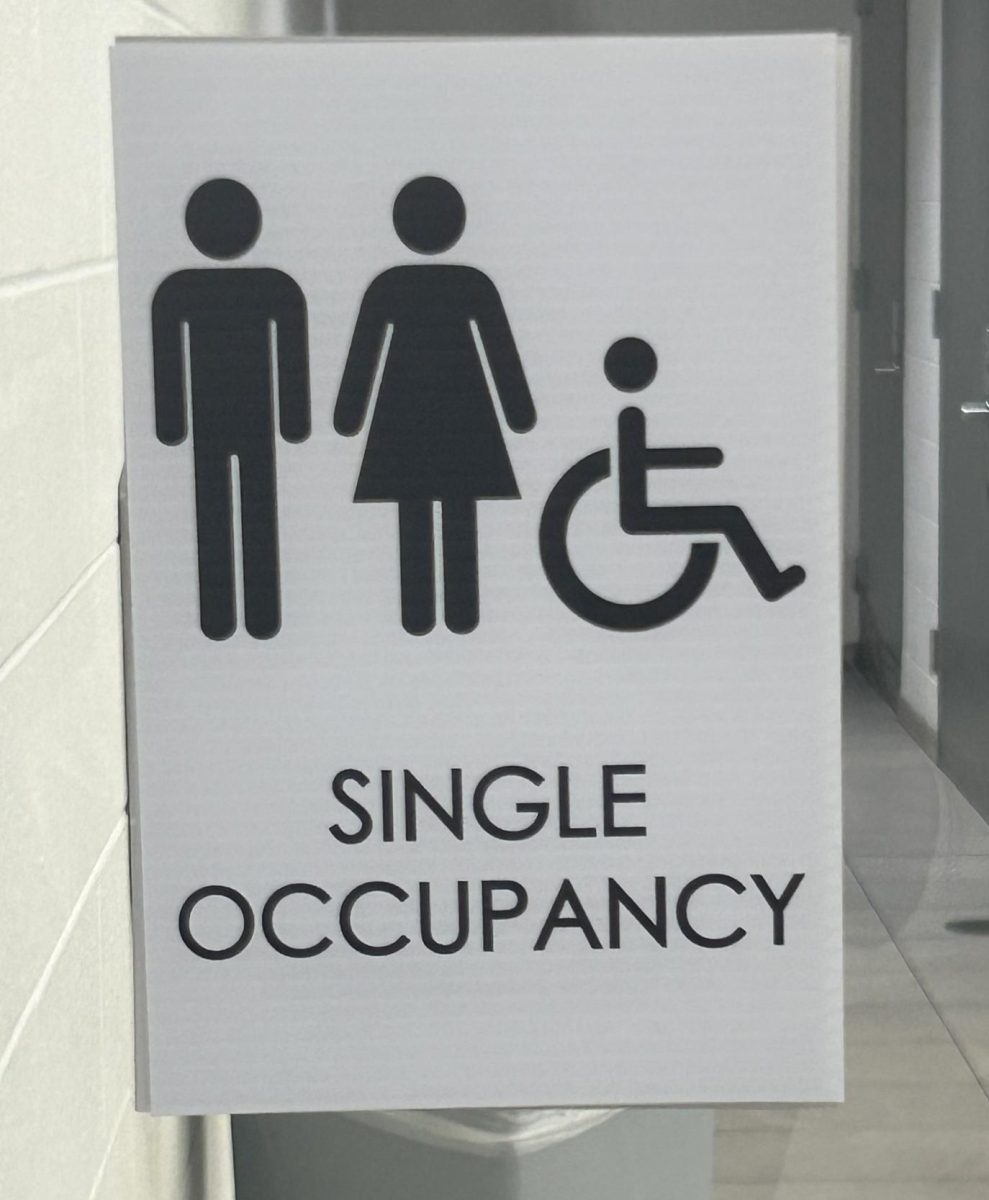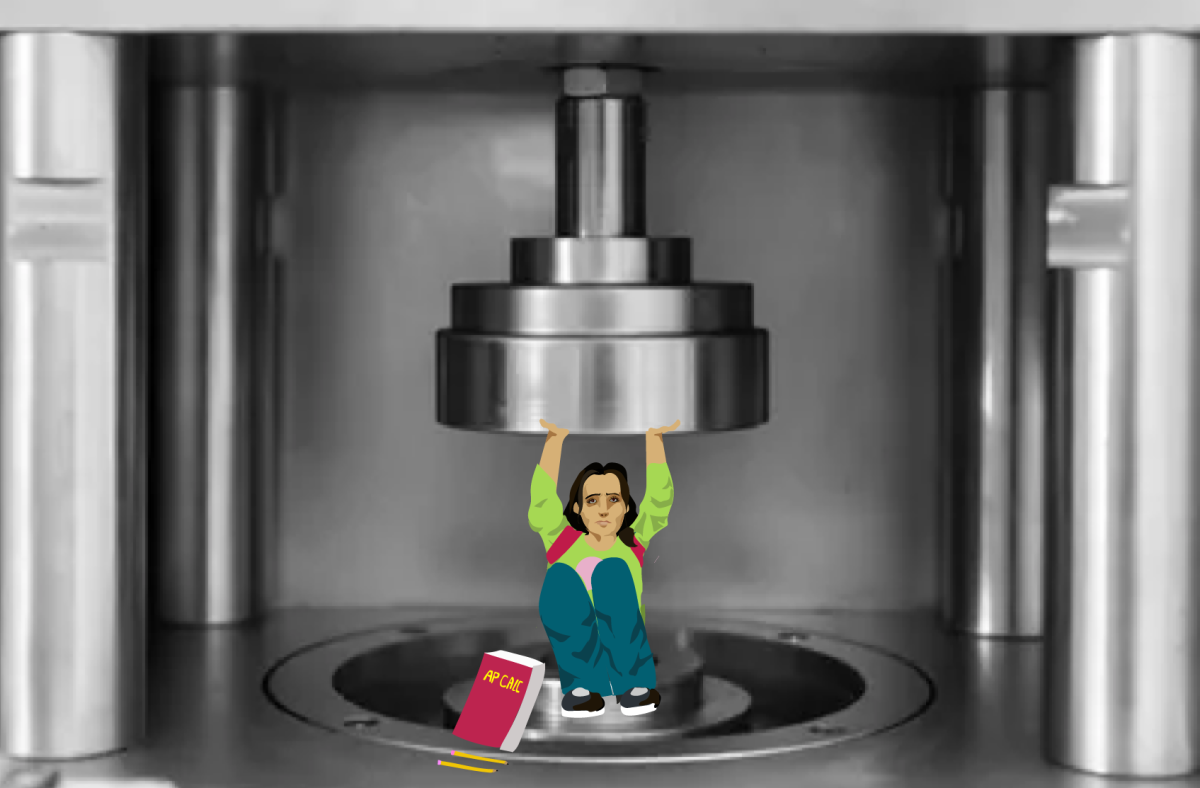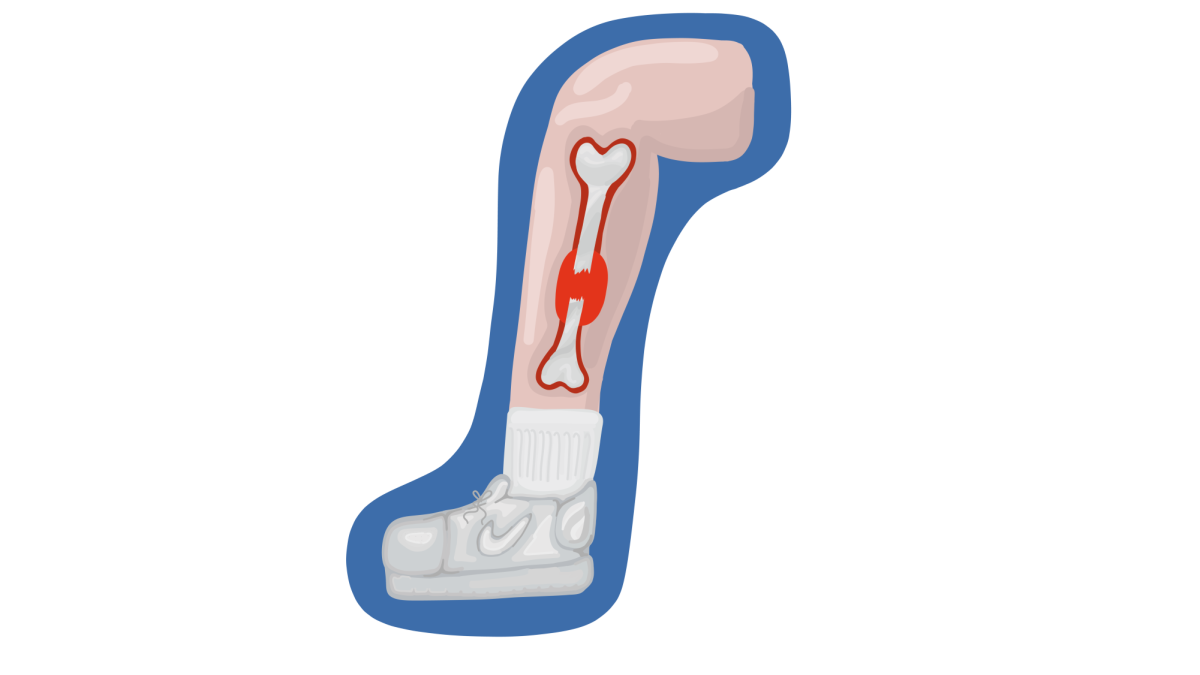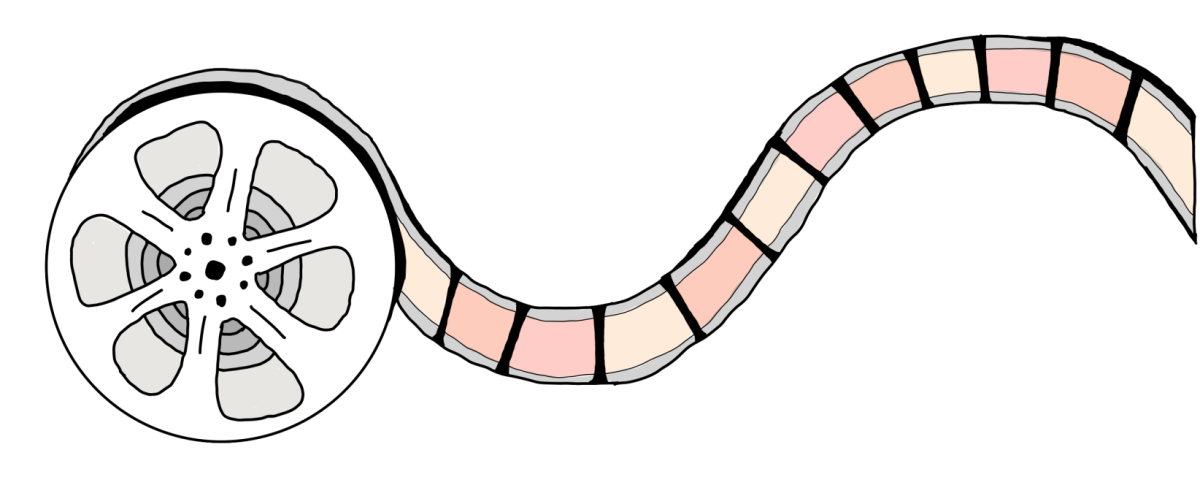This summer Taylor Swift landed in Cincinnati, Ohio, drama and all—not just the themes of most of her hit songs and the TicketMaster concert ticket debacle, but the enormous negative environmental impact that was left in the wake of her ongoing tour, The Eras Tour.
According to a report by the marketing firm Yard, Taylor Swift’s private jet was alleged to be the highest-use private jet in the world. With 170 flights taken between Jan. 1 and July 29, 2022, the total flight emissions resulted in around 8,000 metric tons of carbon dioxide.
Taylor’s carbon footprint was unprecedented compared to the average person. Despite this being a massive problem, many are unaware of what exactly a carbon footprint is.
“A footprint? Isn’t that from a foot? Like a print from your foot?” freshman Henry Bonath said.
Beth Bailey, a UAHS environmental science teacher defined carbon dioxide…
“For the most part, it’s measuring your carbon emissions; it tracks CO2, but it can also include your methane emissions. I’ve seen things where you’re offsetting your carbon footprint by planting trees somewhere else or using an energy source that isn’t sustainable,” Bailey said.
Junior Logan Magliery has an Instagram account with over 1,000 followers under the username @genearthmovement. The account gives present-day news about climate change and other interesting facts.
“When fossil fuels are burned, they create carbon dioxide; a carbon footprint is basically the amount of carbon dioxide you create… Also, I’m sure it was originally a piece of propaganda from an oil company,” Magliery said.
In the early 2000s, British Petroleum (BP), an oil company, popularized the term “carbon footprint”. The company showed the world its carbon footprint calculator with huge success. The calculator added up the amount of carbon dioxide created by going to work, buying food, and traveling.
BP’s advertisement of the “carbon footprint”, was used similarly by bottling companies who want people to feel guilty about pollution created by their plastics. Today, BP’s term has become so mainstream that even the Environmental Protection Agency (EPA) has a carbon calculator.
Recent histories impacts the carbon footprint.
“During COVID, I became vegetarian and tried to reduce my waste, so when I go to the store and buy things, I’m mindful of the things I buy,” Magliery said.
Bonath also reduced his carbon footprint by not eating at restaurants.
“I stayed home and ate food my mom would make for me,” Bonath said.
Despite a sizable decrease in personal carbon emissions in 2020, the world was still emitting 92%, according to the United States Environmental Protection Agency. That number was 15 billion metric tons of carbon dioxide pumped into the atmosphere.
“We need energy and the way we’re getting it is fossil fuels… Something you can do personally to impact your carbon footprint is changing your diet. For example, eating chicken instead of red meat,” Bailey said.
Despite a sizable decrease in personal carbon emissions in 2020, the world was still emitting 92%, according to the United States Environmental Protection Agency. That number was 15 billion metric tons of carbon dioxide pumped into the atmosphere.
“The top 100 companies produce 71% of carbon emissions; I would say big businesses have a big impact on the environment. Governments are partially to blame too; if governments were able to regulate the companies, that would help lower emissions,” Magliery said.
Most aren’t to blame for the pollution killing the world, so don’t worry about it; just “Shake it Off.”































